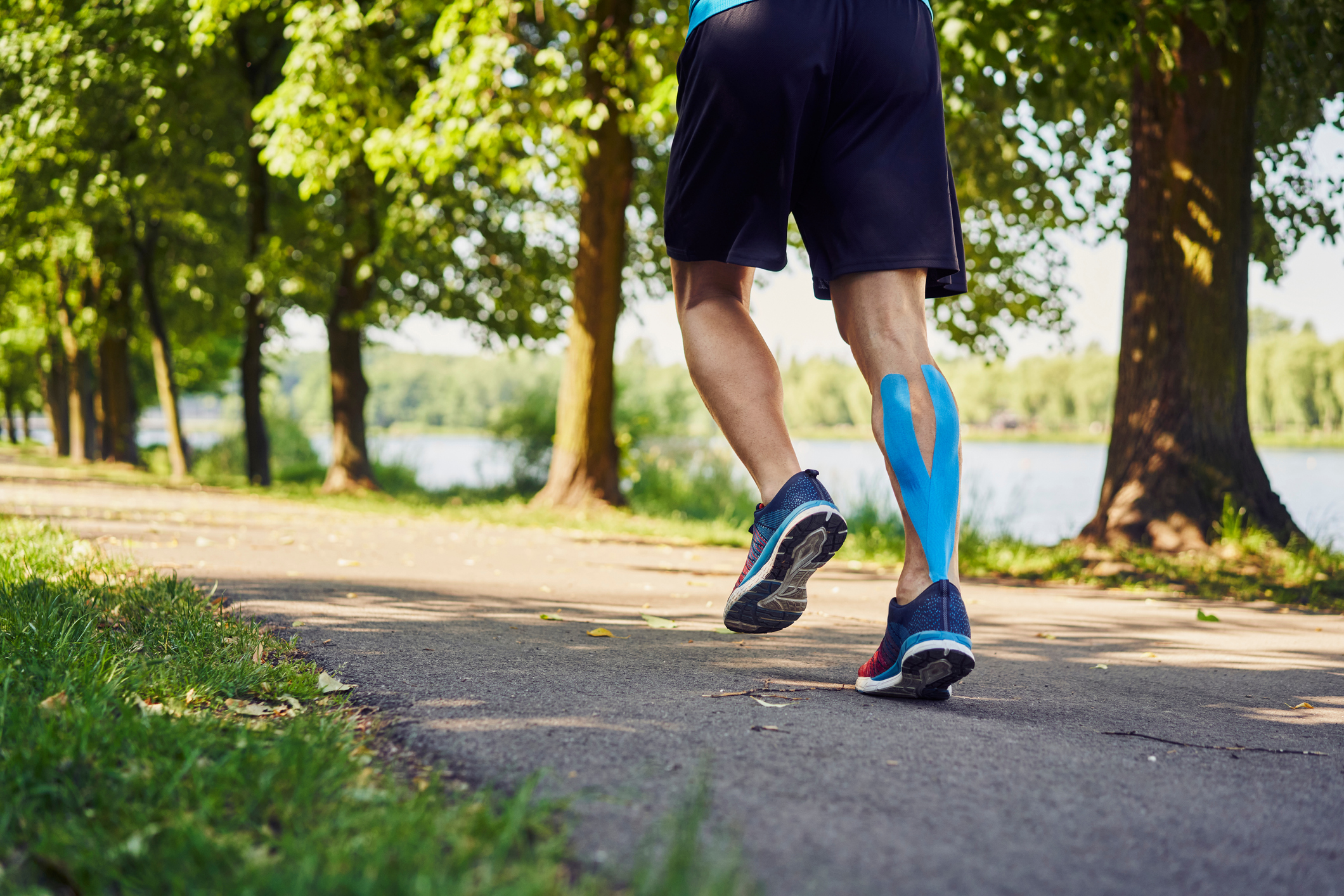So, we’re well into January. The last of the quality street have been eaten, the diets have started,
and we’ve decided it’s time that we started to exercise.
For some of us, this means dusting off some old kit and hitting the road. Almost 2 weeks in, it’s the
time of year that sports therapists hear some very common complaints.
Many new runners notice that things are starting to hurt after the first couple of runs. Whether it’s
ankle, knee, hip, or back pain, these problems are common and entirely normal. Let me tell you why.
In most cases, your body is perfectly adapted to deal with the daily activities you put it through. If
you regularly walk the dog for 20 minutes, then you’ll be perfectly able to walk for 20 minutes
without any fuss. However, if we now decide to walk for 60 minutes, then at some point fatigue will
kick in. This causes us not only to feel tired and breathless, but now our walking pattern will change
which could cause muscles that we don’t usually rely on to pick up the slack, which has now added
lower back or hip ache to our problems.
The same is true for running. If you are new to running or have had an extended period away, it is
probably safe to assume that you may not be perfectly adapted to tackling your local half marathon
just yet.
Scientific research and advice from top coaches suggest that the following tips could help you get
back into running with fewer of the issues that you might be currently experiencing.
- Wear comfortable shoes. Running shoes do not need to be expensive or laden with bells
and whistles. Until you’re training for marathons, a comfortable pair of trainers will be just
fine. Most people find a springy sole with a slightly raised heel more comfortable than a
flatter and more solid sole. Play around and find a pair that suit you. - Warm up. Your warm up does not need to resemble that of an Olympic athlete. A basic
warm up involves raising the heart rate a little and preparing the muscles and joints that you
are about to use for action. This can be as simple as starting your running session with a few
gentle stretches, a couple of sets of lunges and maybe reducing the first few minutes of your
session to a walk or steady jog. - Run to your ability. Running for very short periods of time may seem pointless, but as mentioned
previously, thinking that a 5 minute run is worthless and pushing for 15 or 20 could cause
those niggly type of injuries that end up putting us off running altogether. If you can persuade
your body to adapt to regular 5 minute runs, it won’t be long until one of your weekly runs
can be pushed to 10 minutes. Then before you know it all of your runs are 10 minutes, and
you can push one session up to 15 minutes. In a few weeks or months time, you’ll be
consistently on the road for 20/25 minutes and your Park Run is almost within reach. - Get help. Assistance with running can range from seeking coaching or getting an opinion on
your running gait, to simply downloading the Couch to 5k app. This app is a great little tool
to get you started with running. Its early-stage sessions implement a run/walk/run split. This
helps keep the load experienced by your joints/muscles down and keep the aches and pain
away. - Cool down. While stretching is generally thought of as something that we do before running,
research and coaches recommend taking some time to stretch after running. This is thought
to reduce the stiffness felt the day after (or even the day after that!!)
If pain and stiffness still persist, it might be worthwhile giving us a call before throwing the shoes in
the bin. Our team are qualified to give advice on training and deliver treatment through hands on
techniques and exercise based rehabilitation whether you’re a marathon veteran or a pavement
plodder.
Brough Park running club offer events in Leek ranging from 950m to 5K to suit runners of all abilities.
www.broughparkrunningclub.co.uk
Park Run offer 5k events and a 2k junior events, with events in nearby Stoke, Congleton, Buxton,
Ashbourne and Macclesfield. www.parkrun.org.uk

